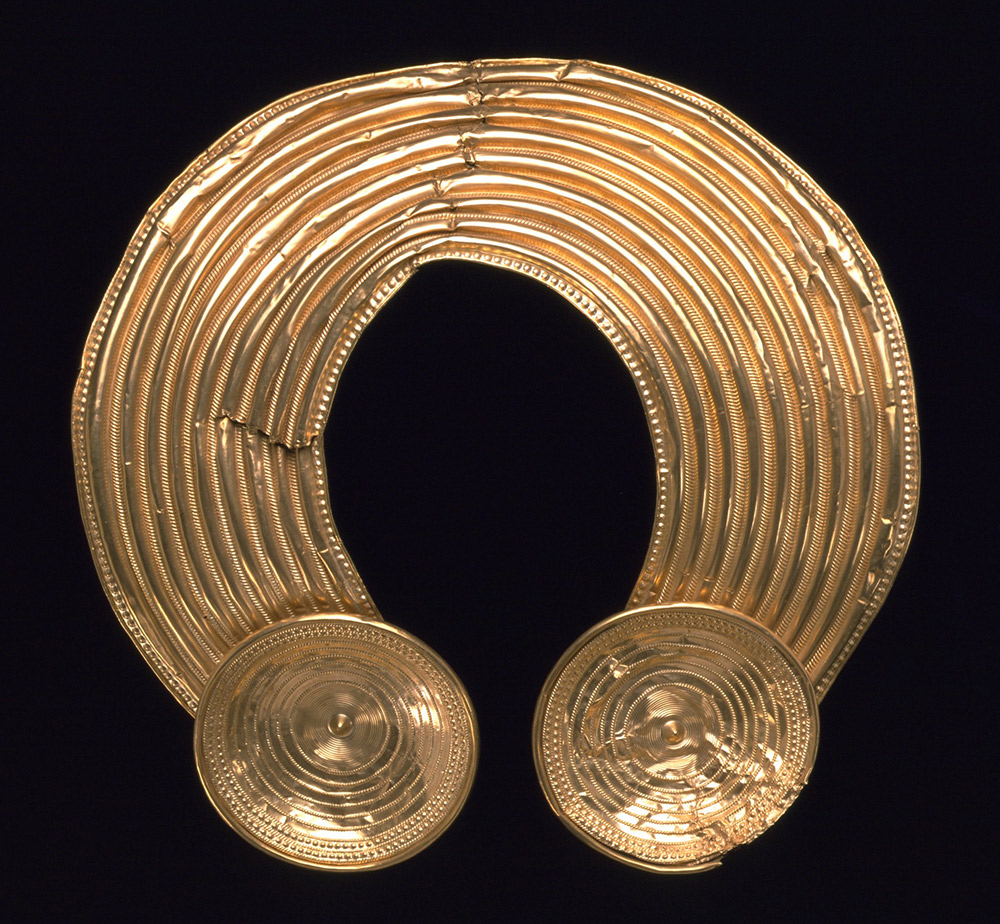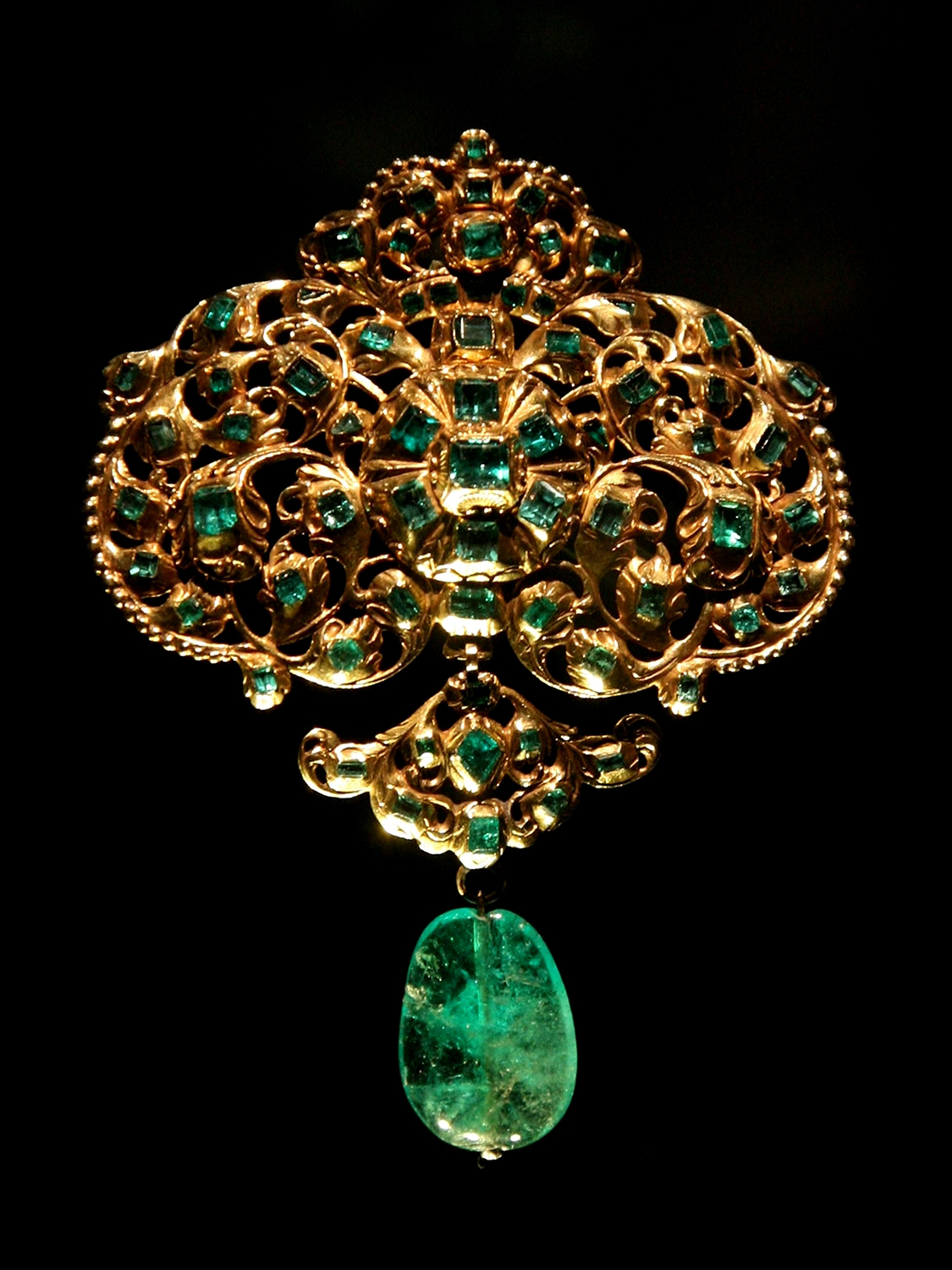Indian Jewelry History Biography
Source
(google.com.pk)
History of Indian jewellery is as old as the history of the country itself. Around 5000 years ago, the desire to adorn
themselves aroused in people, leading to the origin of jewellery. Since then, Indian women and jewellery have
gone hand in hand. There cannot be a woman in India, who does not adore herself with minimum jewellery. In
fact, jewellery is considered as security and prestige of women in the country. The attraction for jewellery has
been great in India that it is no more a craft than an art.
Indian jewellery is unique in its design and workmanship. In all kinds of traditional dance forms, jewellery has
been a significant part. Be it Bharatnatyam, Kuchipudi or Kathak, all have given importance to jewellery in
presenting the artist. The sheer number of items forming the jewellery of an Indian woman is numerous, ranging
from earrings and necklaces to pieces for adorning the hair, hip, feet, and feet. Jewellery made with emeralds,
diamonds, pearls, rubies, sapphires and other precious and semi-precious stones have been in practice for long.
The range of jewellery in India varies from religious to purely aesthetic types. It is crafted not only for humans, but
also for the Gods, ceremonial elephants and horses. Royal class people have given patronage to the art of
jewellery since ancient times, when rajas and maharajas vied with each other to possess the most exquisite and
magnificent pieces. Regional differences can be observed in the making of jewellery, depending on the
differences in geography, people, culture, and their lifestyle.
While the designs in solid gold jewellery of Tamil Nadu and Kerala are inspired by nature, the Meenakari and
Kundan styles of jewellery making have been influenced by the Mughal dynasty. Then there is a huge range of
silver beads found all over India, especially in Rajasthan, Gujarat, Madhya Pradesh and Himachal Pradesh. Their
availability leads to the development of the bead jewellery, popular till date.
While Assamese jewellery is influenced by local flora and fauna, Manipuri jewellery-makers make use of items
like shells, animal claws, teeth and precious and semi-precious stones. These huge varieties of ornaments bear
testimony to the excellent skill of the jewellers and craftspeople of the country. Indian jewellery in Gold,
diamonds, silver, sterling silver, precious stones, copper and semi-precious stones is a rage all over the world.
India’s women are known for adorning themselves in jewelry from head to toe. The different kinds and styles of their jewelry not only signifies their status of wealth within India, but also defines their resident homeland within the country. Wearing jewelry is a trademark that has been passed down through the ages, and is still a fixation among India’s women, even when they immigrate to other countries.
Other People Are Reading
Types of Traditional Indian Jewelry How to Buy Indian Jewelry
History of Jewelry
For thousands of years, the people of India have been intrigued with decorating their entire bodies with jewelry, whether it’s gold and silver or animal bones. The types and styles include rings, earrings, bangles, bracelets, anklets, headbands and chains, and the materials are significant of the region they live in. For example, people from Orissa and Andhra Pradesh wear silver, while Rajasthan people adorn themselves in enameling work jewelry. Ancient rulers who adorned their bodies in jewelry and crowns unknowingly had an impact on the style and choice of stones worn by the people.
Imitation Jewelry
Imitation jewelry, also referred to as “ancient jewelry,” has been around as long as costly jewelry, and is made from common available materials. Some materials include berries, flowers, feathers, animal bones and teeth and dried fruit, and the metal replacements are copper and ivory. The material in this jewelry is dignified and valuable to the tribes and class of people who wear it since it represents their homeland in India. It has also become part of the modern fashion world.
Sponsored Links
Quality Jewelry Clasps
Best European jewelry clasps, huge variety from vintage to modern
www.claspgarten.com
The Pervasion of Imitation Jewelry
Today, the styles within the cultural status have compromised their traditional appearance with modern styles and fashion, while still maintaining their prestige and cost. However, there are many Indian women who wear “imitation” or “fashion jewelry” because it’s less costly, making it affordable with their lower income, while enabling them to maintain their sense of worth. Many types retain the genuine look of gold and silver even though they are made with cheaper materials such as jute, leather, plastic and oxidized metal. Precious stones such as diamonds are replaced with cubic zirconia and rhinestones. These have also become a fashion trend for college students.
The Jewelry Market
Jewelry is a crucial element dignifying the success of Indian women, and there are more jewelry stores throughout the land than any other types of business. Every city is filled with shops of jewelers, and there are as many traditional jewelers as modern ones. Most of these jewelry stores cater to the very influential and wealthy, but there are also many that provide jewelry to those with lower income. Even though the amount and cost of the jewelry represents their status to the wealthy women, it’s just as imperative for the less wealthy women to wear jewelry, even if it is imitation.
Types of Jewelry
Imitation jewelry is created in the same styles and designs as costly jewelry. There are bangles and rings, earrings, belly-rings and nose rings made from materials other than gold or silver. There are charm jewelry such as mood rings and charm bracelets, tattoo jewelry, sterling silver pieces that are lined with artificial stones and abstract jewelry. While these pieces are worn every day by women throughout India, they are not given as gifts for weddings since the people hold this as a sacred day and give only genuine jewelry. In some cases, silver and platinum jewelry is given, but in most cases it’s only gold.
Indian Jewelry History Indian Jewelry Sets Bangles Rings Box Designs Band Designs Lates Gold Earnings Designs Ads Photos Images Pics
_300_bC.jpg)
Indian Jewelry History Indian Jewelry Sets Bangles Rings Box Designs Band Designs Lates Gold Earnings Designs Ads Photos Images Pics

Indian Jewelry History Indian Jewelry Sets Bangles Rings Box Designs Band Designs Lates Gold Earnings Designs Ads Photos Images Pics

Indian Jewelry History Indian Jewelry Sets Bangles Rings Box Designs Band Designs Lates Gold Earnings Designs Ads Photos Images Pics
Indian Jewelry History Indian Jewelry Sets Bangles Rings Box Designs Band Designs Lates Gold Earnings Designs Ads Photos Images Pics

Indian Jewelry History Indian Jewelry Sets Bangles Rings Box Designs Band Designs Lates Gold Earnings Designs Ads Photos Images Pics

Indian Jewelry History Indian Jewelry Sets Bangles Rings Box Designs Band Designs Lates Gold Earnings Designs Ads Photos Images Pics

Indian Jewelry History Indian Jewelry Sets Bangles Rings Box Designs Band Designs Lates Gold Earnings Designs Ads Photos Images Pics

Indian Jewelry History Indian Jewelry Sets Bangles Rings Box Designs Band Designs Lates Gold Earnings Designs Ads Photos Images Pics
Indian Jewelry History Indian Jewelry Sets Bangles Rings Box Designs Band Designs Lates Gold Earnings Designs Ads Photos Images Pics

No comments:
Post a Comment